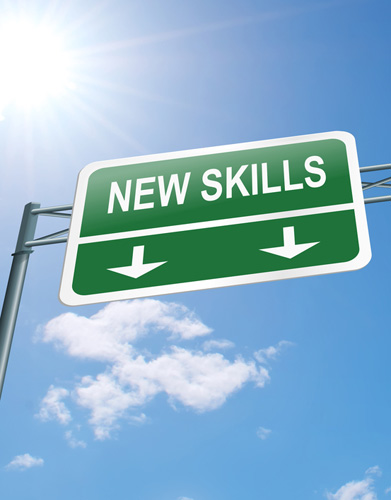BY TOM COX | BUSINESS TIPS CONTRIBUTOR
 I was recently asked: How does one develop an ability to “see the big-picture?” The feedback from my performance review is that while I am competent, I ‘miss the forest for the trees’. Working on this is crucial for me to get into executive ranks.
I was recently asked: How does one develop an ability to “see the big-picture?” The feedback from my performance review is that while I am competent, I ‘miss the forest for the trees’. Working on this is crucial for me to get into executive ranks.
BY TOM COX | BUSINESS TIPS CONTRIBUTOR
 I was recently asked:
I was recently asked:
How does one develop an ability to “see the big-picture?”
The feedback from my performance review is that while I am competent, I ‘miss the forest for the trees’. Working on this is crucial for me to get into executive ranks.
What advice do you have for me to sharpen my big-picture skills?
How to Learn to See the Big Picture
You’re trying to develop a skill, a way of thinking and seeing.
The most effective way to do that seems to be, to do it for a focused period of time — every few days. Like learning a foreign language or a musical instrument, you’re trying to build new brain circuits. For that you need attention and repetition.
Here’s my suggestion.
First Make some Educated Guesses
Before each (say) weekly staff meeting, take a big sheet of paper and create a grid of rows and columns. Along one axis, put departments or interest groups around the firm (plus maybe customers and vendors). And, add one for “the whole firm.” Along the other axis, put the topics being brought up at the meeting.
In the intersections you’ve created, try to make some educated guesses — and write a few words that will capture the spirit of how that particular department VIEWS or IS IMPACTED BY that topic.
Next, Check Your Work
Now, during the meeting, see if those stakeholders do in fact have the views, or face the impacts, that you guessed.
Mark down their actual responses next to your guesses.
This technique provides you with three things:
- Regularity — it’s weekly, so you get regular practice.
- Self-testing — a proven study technique, you’re guessing and then checking.
- Artifacts — you can look back at earlier attempts and see if you’re getting better over time.
Bonus fourth value:
- Other people will notice you as you see things from their perspective. They’ll be impressed.
Book Suggestions
My colleague Mark Hurwich suggests:
Michael Porter’s Competitive Strategy: Techniques for Analyzing Industries and Competitors
Stephen Cope’s The Great Work of Your Life: A Guide for the Journey to Your True Calling
Tom Cox is a Beaverton consultant, author and speaker. He coaches CEOs on how to boost performance by building workplace trust.

